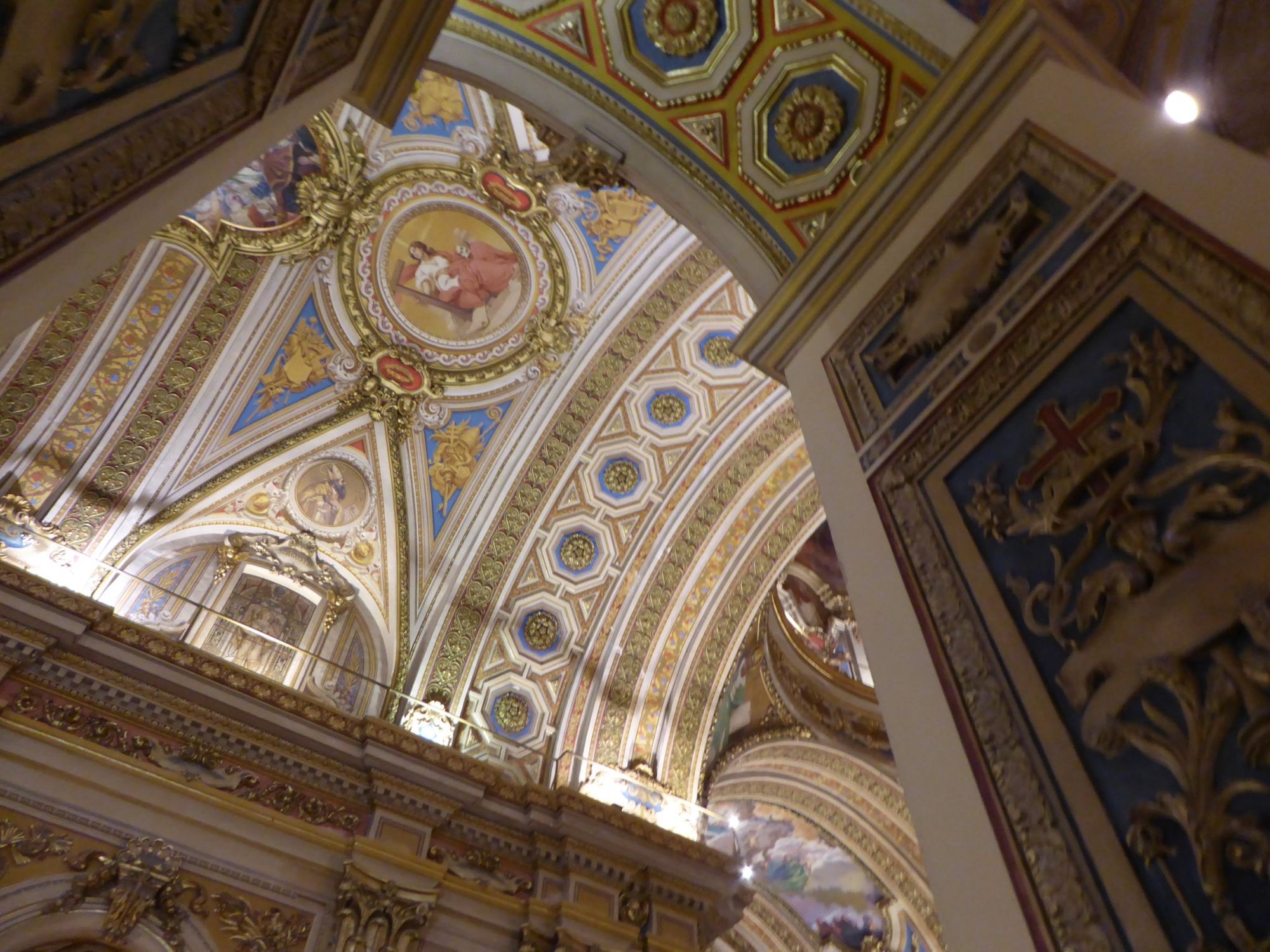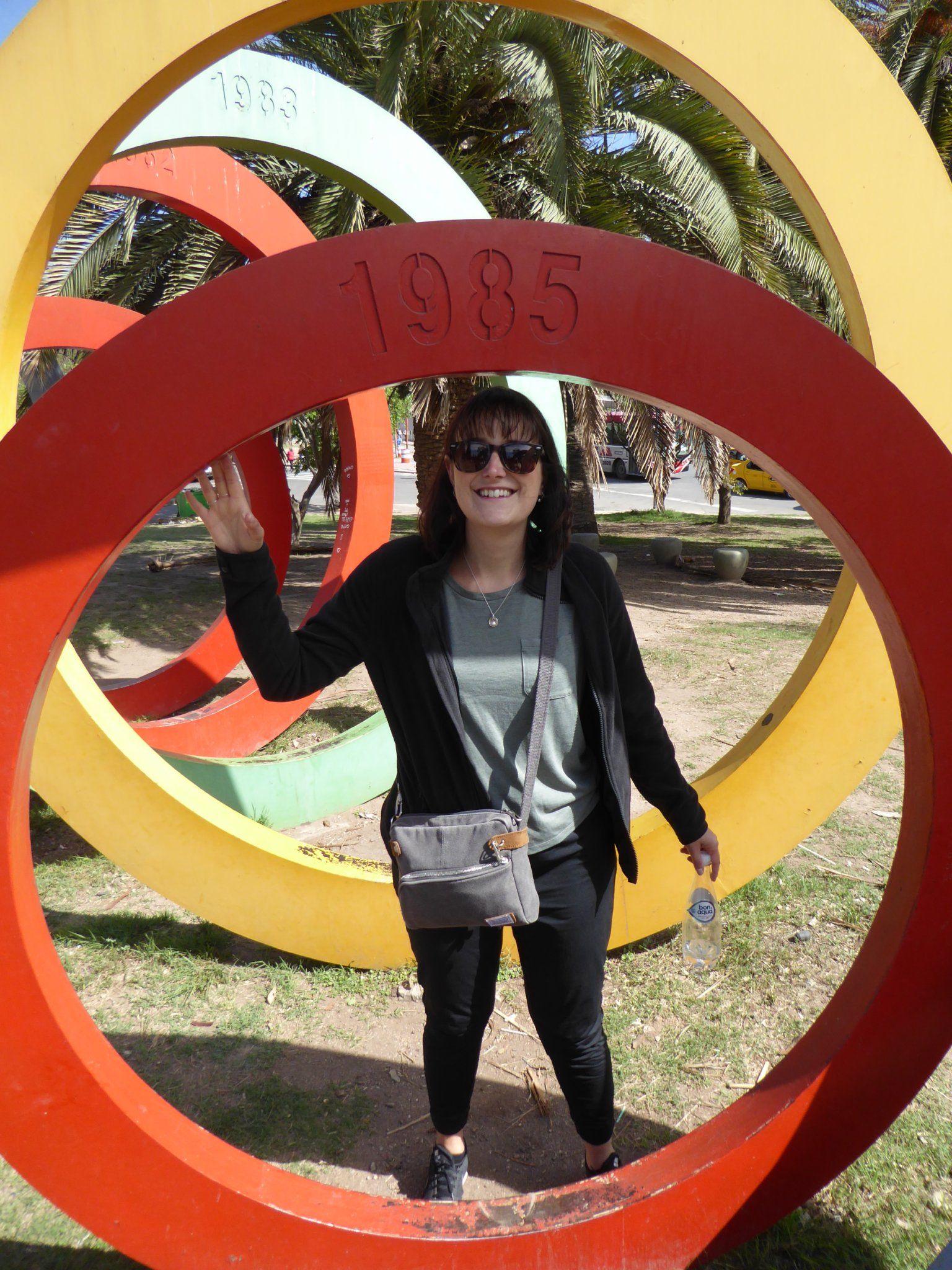Córdoba: Argentina's surprising second city

As we travel around South America, we are gradually coming to appreciate the vastness of this continent.
The bus journey from Buenos Aires to Córdoba was our longest so far, 11 hours through a monotonous landscape of pancake-flat farmland and pampas grass. It was only as we approached the outskirts of Argentina's second city that the terrain began to change, the brown mountains of the Sierra de Córdoba looming in the distance.
Córdoba isn't a particularly touristy city, but I'd heard good things about it, and it seemed like a sensible place to break up the journey from east to west. It's a busy, buzzing sort of place, but a lot less hectic than Buenos Aires. We had a great time in the capital, but it was nice to be somewhere a little more laid back, and it was also a lot warmer.

Much of the city is fairly nondescript, but the centre was lovely, with pedestrianised streets radiating out from Plaza San Martín and a smattering of pastel-hued colonial buildings. The cathedral looked particularly beautiful against the sunny blue skies, built on a site that has been in continuous use as a church since 1582, longer than anywhere else in Argentina. The interior was equally impressive, gleaming with gold and silver.

A short walk from the cathedral is the Manzana Jesuítica (the Jesuit Block), a former Jesuit mission which includes a church, a secondary school and the University of Córdoba, one of the oldest in South America. The Jesuits established an extensive network of missions across Argentina, Paraguay and Brazil from the 16th to the 18th century, where indigenous communities were educated in modern agricultural techniques, introduced to European culture and indoctrinated in the ways of the Catholic Church. The way that the Jesuits operated was relatively enlightened for its day, and many indigenous people saw the missions as a way of escaping the forced labour of the Spanish encomienda system.

Within Córdoba's Jesuit block is the Museo Histórico de la Universidad, laid out around a picturesque courtyard. The exhibits included a collection of early printed books from both Europe and Peru, and a series of maps of South America from the 16th century up to the present day. It was fascinating to see the way the cartography slowly changed; even the earliest maps were covered in recognisable place names, and over time the outlines of the continent became steadily more accurate. You could also see how the terra incognita of remote regions like the Amazon and Patagonia were slowly absorbed by the emerging nations of South America.

I was worried that four nights might be a little too long to spend in Córdoba, but the city is full of museums, galleries and monuments, and there's plenty to see for the culturally and historically minded traveller. There are also some nice green spaces, including the Parque del Bicentenario, where a series of multicoloured rings represents every year from the Argentinian revolution of 1810 up to the 200th anniversary in 2010. Each ring is also inscribed with details of a key event from that year, some specific to Argentina and others describing significant moments in world history.

We enjoyed wandering around the city, but we were also keen to head out and explore the surrounding Sierra, which has a reputation for being a little odd. We decided to take a local bus out to the mountain town of Villa General Belgrano, just under two hours away. After leaving the city limits we soon began to climb up into the Sierra, hurtling along twisty mountain roads past scrubby fields dotted with cacti and skirting the edges of a vast man-made lake.

Villa General Belgrano is an incredibly strange place, a little alpine village in the heart of Argentina. First established by a group of German settlers in 1930, the village later attracted immigrants from Austria, Switzerland and Italy, who together created a little piece of Central Europe up in the Sierra. But perhaps the most famous settlers of all were the 130 German sailors who made their way here in 1940, after scuttling their battleship, the Admiral Graf Spee, off the coast of Montevideo.

We visited just a few days before the start of Villa General Belgrano's annual Oktoberfest celebrations, and there was already a palpable buzz about the place. We wandered along the main street, a little dumbfounded by the Bavarian timber-framed architecture, sprawling beer gardens and shops selling Tyrolean hats, beer steins and German flags. We also saw posters advertising used lederhosen for sale, yours for just US$290 a pair.

It was enjoyably surreal, like a German theme park, and we even had an authentic German lunch of sausage, sauerkraut and potato salad, while blonde-haired, blue-eyed locals sauntered past. By the time we arrived back in Córdoba, it already felt like some kind of bizarre alpine daydream.

